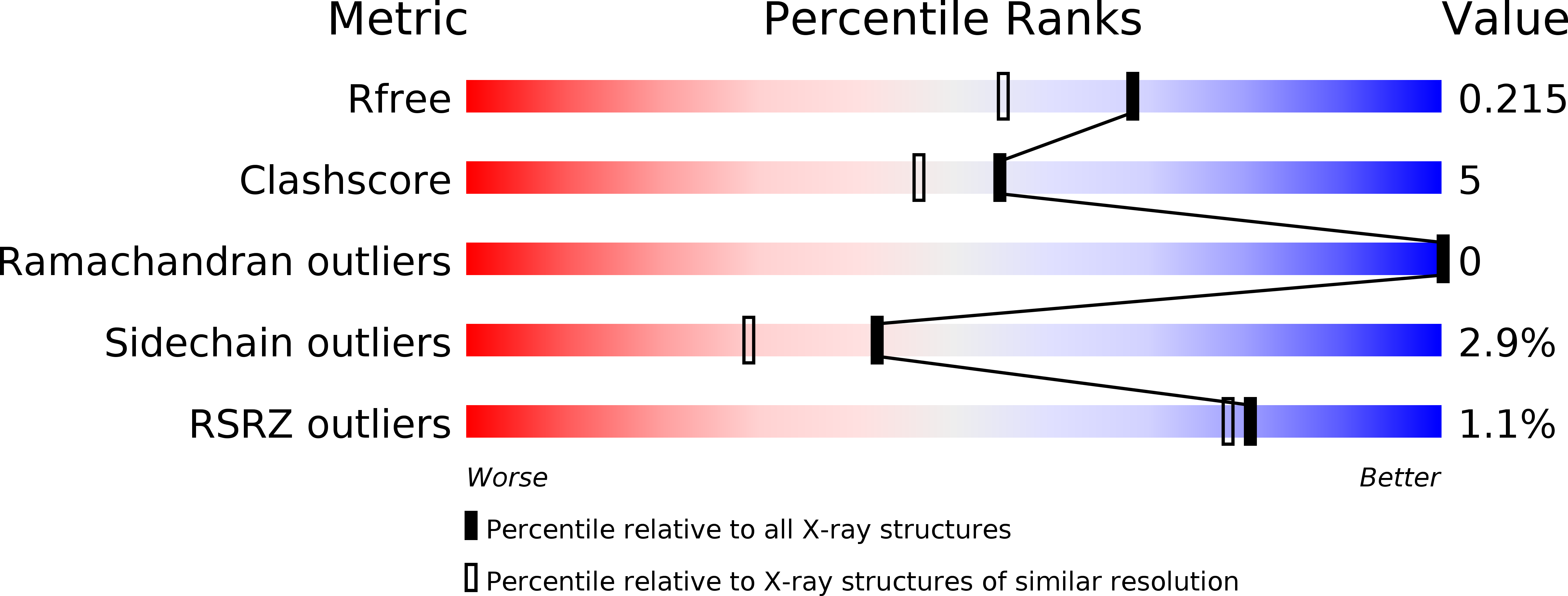
Deposition Date
2006-10-11
Release Date
2007-06-26
Last Version Date
2024-02-21
Entry Detail
PDB ID:
2IP1
Keywords:
Title:
Crystal Structure Analysis of S. cerevisiae Tryptophanyl tRNA Synthetase
Biological Source:
Source Organism:
Saccharomyces cerevisiae (Taxon ID: 4932)
Host Organism:
Method Details:
Experimental Method:
Resolution:
1.80 Å
R-Value Free:
0.21
R-Value Work:
0.18
R-Value Observed:
0.18
Space Group:
P 43 21 2


